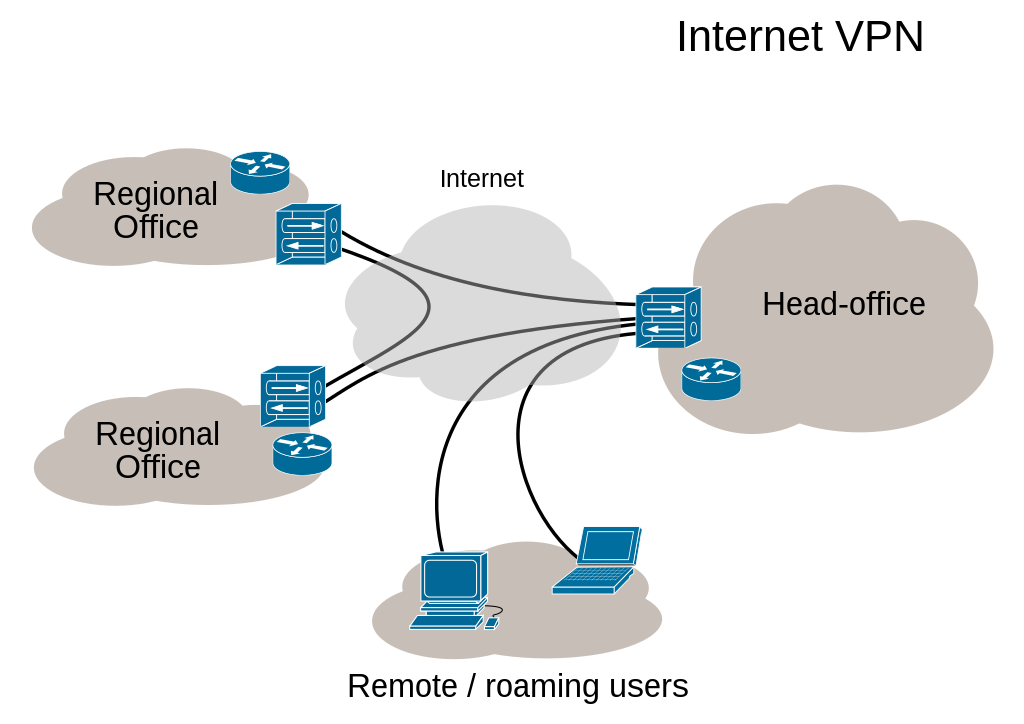

KPI Explainer: What is a VPN?
WHAT IS A VPN & Does Your SME Need One? – CyberKPI: Securing Your Business: The Ultimate Guide to VPNs for SMEs – Understanding, Selecting, and Implementing a Virtual Private Network for your Small Business.
- Are VPNs free?
- Do I really need a VPN?
- How do I get a VPN?
Understanding The Virtual Private Network (VPN)
A Virtual Private Network (VPN) is an essential technology for Small and Medium-sized Enterprises (SMEs) as it enables secure and private communication over a public network. By encrypting data and hiding the user’s IP address, VPNs establish a secure connection between the employees’ devices and the company’s network, ensuring the privacy and security of sensitive information. For example, a small accounting firm with employees working remotely can use a VPN to securely access client financial data without compromising confidentiality.

Types of VPNs Suitable for SMEs
When it comes to Small and Medium-sized enterprises (SMEs), the choice of VPNs can significantly impact the security and efficiency of their operations. One of the most common types of VPNs suitable for SMEs is the personal VPN. This type of VPN allows individual employees to securely access the company’s network from remote locations, providing a secure channel for data transmission and communication. For SMEs with a geographically dispersed workforce or those embracing remote work, personal VPNs are essential for maintaining secure and efficient communication within the organization.
- Remote access
A host-to-network configuration is analogous to connecting a computer to a local area network. This type provides access to an enterprise[jargon] network, such as an intranet. This may be employed for remote workers, or to enable a mobile worker to access necessary tools without exposing them to the public Internet. - Site-to-site
A site-to-site configuration connects two networks. This configuration expands a network across geographically disparate offices or connects a group of offices to a data center installation. The interconnecting link may run over a dissimilar intermediate network, such as two IPv6 networks connected over an IPv4 network.[5] - Extranet-based site-to-site. In the context of site-to-site configurations, the terms intranet and extranet are used to describe two different use cases.[6] An intranet site-to-site VPN describes a configuration where the sites connected by the VPN belong to the same organization, whereas an extranet site-to-site VPN joins sites belonging to multiple organizations.
The NordVPN service allows you to connect to 5600+ servers in 60+ countries. It secures your Internet data with military-grade encryption, ensures your web activity remains private and helps bypass geographic content restrictions online






